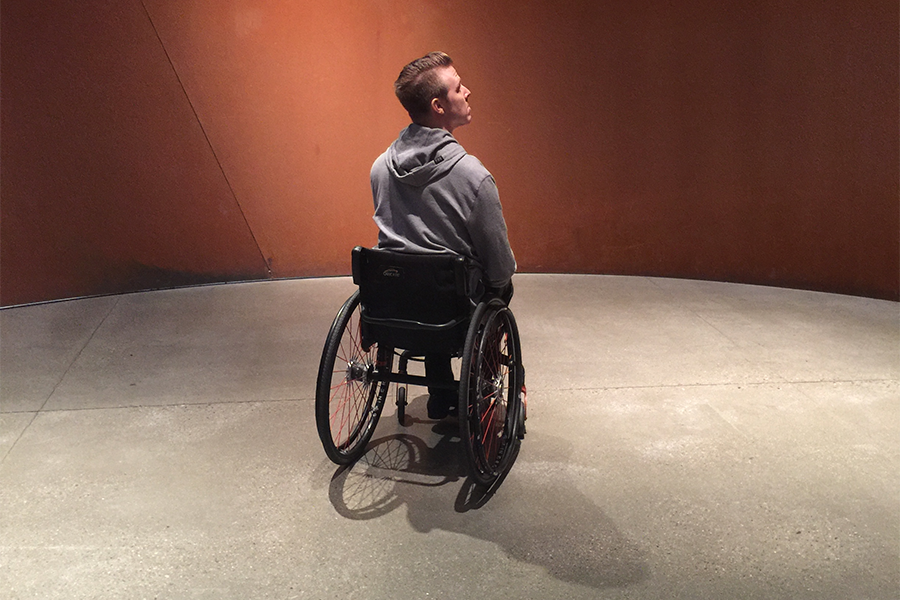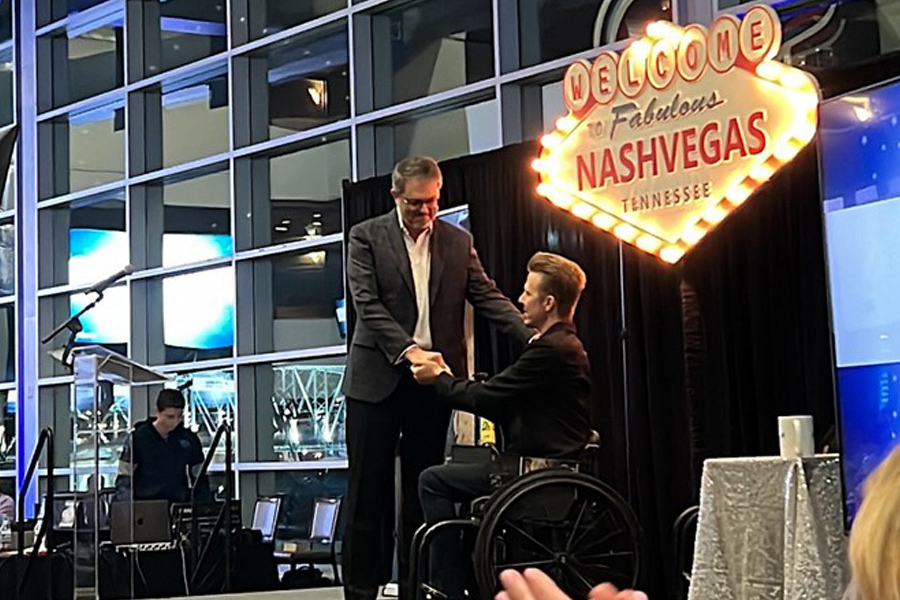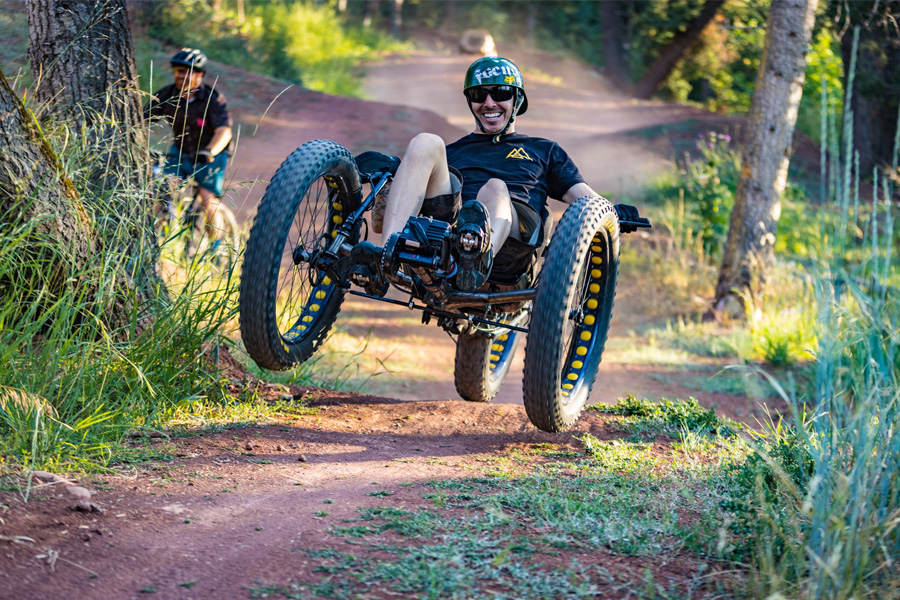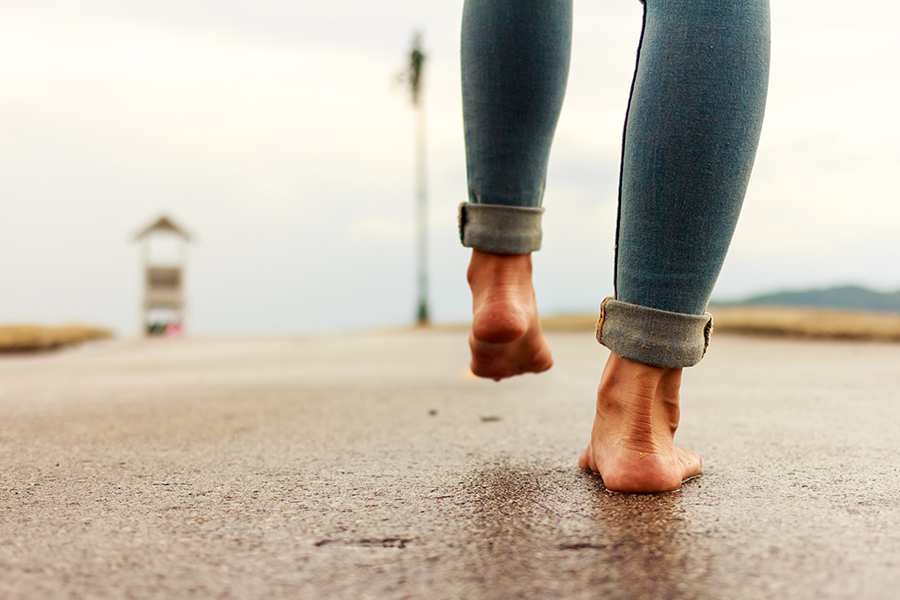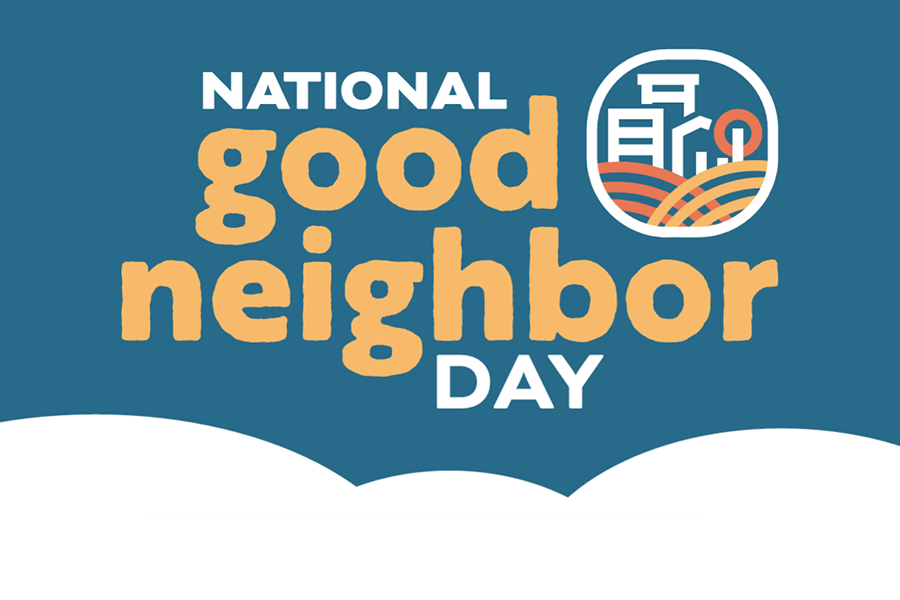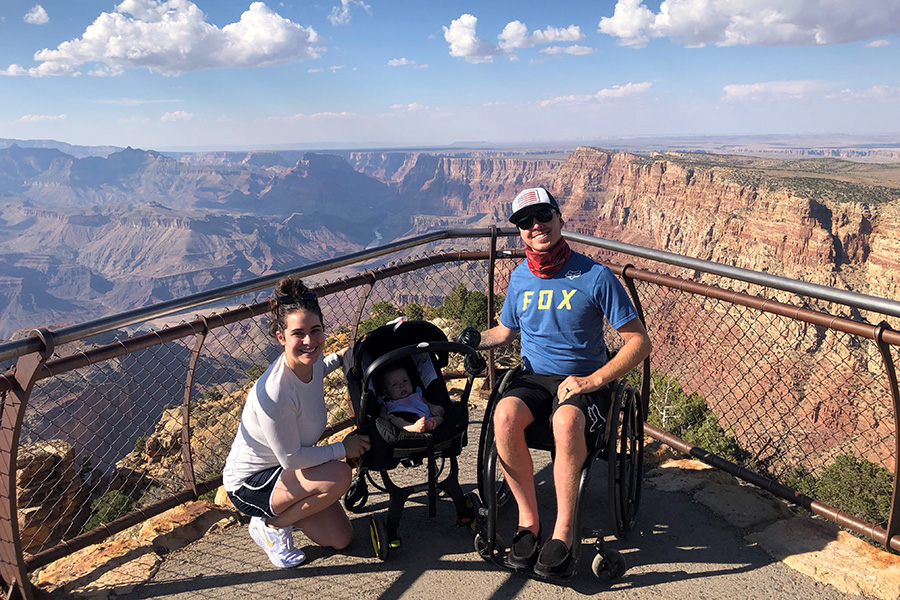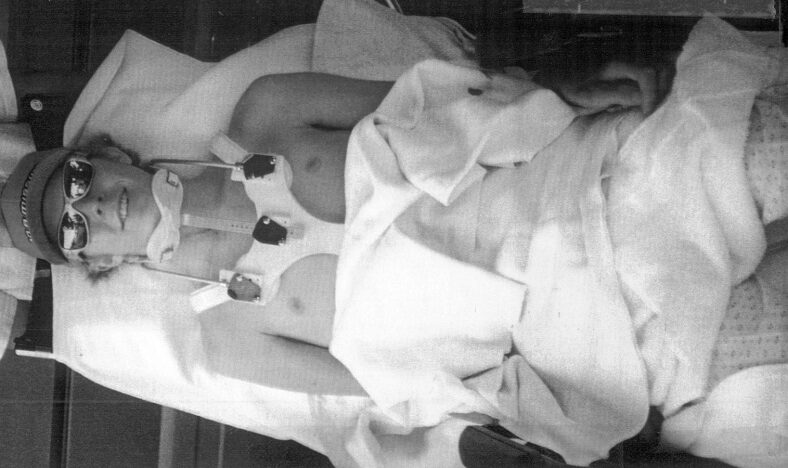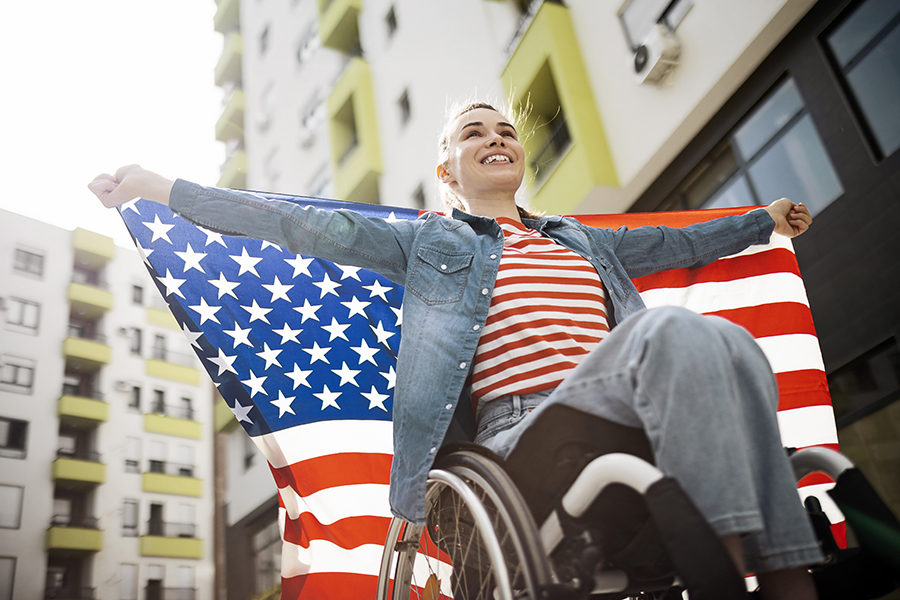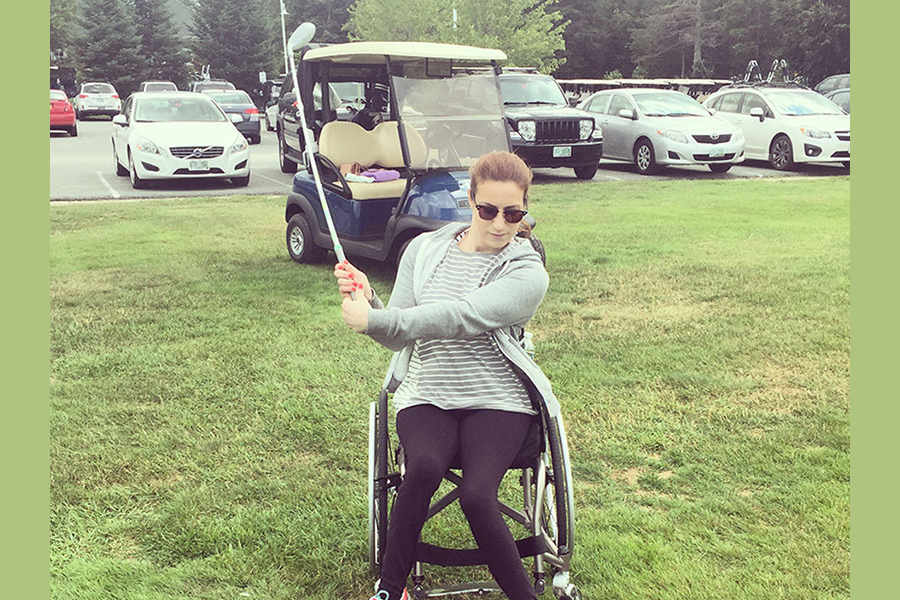Aside from the obvious adversity of a spinal cord injury, learning to manage a neurogenic bladder and its erratic function can prove to be one of the biggest challenges of recovery. My other title for this article is “Bladder Pee-ace” because that is what I seek.
In this first part of a two-part article on bladder and bowl management (you can find part two here), I will candidly share my trials and tribulations, and my methods of management of one the body’s most fundamental functions.
I have learned that if you can control your bladder, you can control your life.
What Does Neurogenic Mean?
Neurogenic bladder is a term used to describe bladder dysfunction caused by neurologic damage. The condition can cause either flaccid or spastic symptoms including overflow incontinence, frequency, urgency, urge incontinence, and retention. There are risks of serious complications like recurrent infection, vesicoureteral reflux and autonomic dysreflexia (you can find my article on autonmic dysreflexia here). Search those terms online to learn more and empower yourself with knowledge.
My Experience
Waking up to a paralyzed body with paralyzed bodily functions was humbling to say the least. My personal space, dignity and pride were gone. I was completely reliant upon doctors, nurses, family and even close friends for my personal care. Without my ability to use my hands, I had no choice but to allow others to touch, tape, poke and prod my genitals for bladder relief. This was difficult to accept as a twenty-year-old.
In the beginning, I relied on an indwelling catheter through my urethra, attached to an external foley bag at the side of my bed. This device needed to be monitored and emptied regularly to prevent infection. The pro of this was that I could drink as much fluid as I wanted, whenever I wanted, because it would just drain through me without me knowing. But the con was that it would drain through me without me knowing, and I desperately wanted to know and control this personal function.
My initial progress came by way of the bladder medication Ditropan. The medicine helped me retain urine so that I could begin using an intermittent catheter (like the JAW). Again, my hand function was limited, so someone had to perform the tasks of inserting and sanitizing every four hours.
Fortunately over time I began to experience a return of sensation in my body. But unfortunately that meant I could feel every excruciating millimeter of catheter hose being inserted into my penis four-to-six times a day.
This forced me to begin using an external condom catheter connected to a leg bag via a small rubber hose. Initially this solution needed to be refined to prevent condom leaks, hose kinks and bag ruptures, all of which would ruin my day.
Ultimately though, I found progress in my ability to listen and understand my bladder cues for when I needed to urinate. I discovered that by tapping lightly on my lower belly, where my bladder is located, I could trigger a release that helped me void more completely (100-300cc). This is the technique I use today. And although I cannot hold my bladder for very long once I feel the urge (one to three minutes), I manage to live mostly accident free…
Operative word: mostly.
With all my years of experience and methods of strategic, timely hydration, I can still get caught by an untimely bladder spasm or leak. That’s life.
Embarrassing Example
I thoroughly enjoy public speaking. I love the preparation, the butterflies, and the connection to an audience. What I do not enjoy is the stress associated with bladder control while on a stage. I can vividly remember an incident from April of 2015: I was speaking in front of hundreds of people, spotlight on me, and I had misjudged my bladder timing. My world became excruciatingly stressful, my mind went blank, sweat poured down my forehead, and I could feel my blood pressure rising. In that moment, I could not leave the stage, so I literally was in the spotlight standing in a puddle of my own pee. Oh, the humility of that moment — I will never forget. Thank goodness for black pants!
Nowadays you will find me strategically hydrating and premeditating my social outings, seeking to find the most accessible and discreet places to pee. I keep a twist-top bottle handy at all times, and red solo-cups strategically placed in my car and around my house. I also find solace in using a leg bag for extended travel and prolonged public events.
Natural Supplements and Foods to Avoid
Here are some natural supplements and foods to avoid that I’ve experimented with to better manage my neurogenic bladder:
Herbs and supplements
Several herbs and natural supplements have been recommended for the treatment of over active bladder, although the research on these is limited:
- Gosha-jinki-gan: Some research has shown that this blend of 10 traditional Chinese herbs can positively affect bladder contraction.
- Ganoderma lucidum: This herbal extract from East Asia was shown in one study on men with urinary tract issues to improve symptoms.
- Corn silk: A traditional medicine used for centuries for conditions, such as bladder irritation and nighttime incontinence.
- Capsaicin: This natural remedy comes from chili peppers. Some research recommends it as an efficient and inexpensive treatment for overactive and highly sensitive bladders.
- Pumpkin seed extract: Research suggests this is beneficial for both nighttime urination and OAB.
- Magnesium hydroxide: These supplements were shown in one small study to improve symptoms of urinary incontinence and nocturia in over 50 percent of female participants.
- Vitamin D: A 2010 study found that higher vitamin D levels were associated with a lower risk of pelvic floor disorders, such as bladder leaking, in women. Another study suggests a link between low vitamin D levels and episodes of bladder leaking in older adults.
Dietary changes and fluid management
One of the most straightforward methods involves making dietary adjustments.
Foods to avoid:
- alcohol
- artificial sweeteners
- caffeine
- chocolate
- citrus fruits and juices
- corn syrup
- cranberry juice
- dairy
- sodas and fizzy drinks
- spicy foods
- sugar and honey
- tomatoes
- vinegar
Red wine and chocolate may cause or worsen the symptoms of an overactive bladder.
As triggers from food vary from person to person, it can be helpful for people to keep a diary detailing food intake and bladder symptoms. A diary can help people work out which foods are causing the greatest problems.
This is my way of maintaining a stress free pee-ace of mind.
Read part two of this series here: How I Manage My Neurogenic Bowels
You might also be interested in:
- Autonomic Dysreflexia: A Dangerous Secondary Complication of Spinal Cord Injury
- Avoiding Injury: How to Mindfully Move with a Spinal Cord Injury
- Living with Spinal Cord Injury: Emergency Preparedness
- Temperature Roller Coaster: The Ups & Downs Of Thermoregulation
- SCI Panel Interview: Spinal Cord Injury Roundtable Webinar






